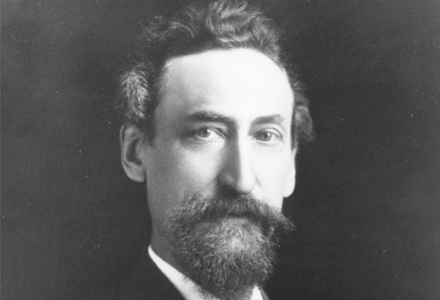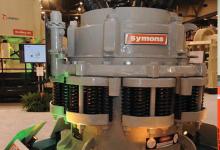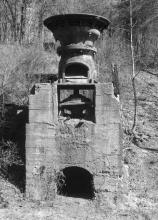
The name Nordberg lives on as a Metso Minerals product line, but who was the man that gave his name to crushing and screening's heritage? Claire Symes reports
Most people have heard of the Nordberg company that was acquired by
Nordberg emigrated to Milwaukee in the US from his native Finland in 1880 after gaining a degree in engineering from the University of Helsingsfors. He had a passion for steam power and believed it offered great potential to industry.
He found work as a draughtsman with the EP Allis Company but quickly rose through the ranks to become chief engineer working on Corliss steam engines. He left to set up his own business six years later and his first product was a revolutionary cut-off governor for the steam engine market.
Nordberg's first contact with the quarrying and mining business came through the use of steam engines as power sources for these industries. His business flourished growing from six employees in his first year to over 300 by 1900 and the company moved to purpose built facilities in 1909 that boasted such mod-cons as a telephone in the main office and it was the first in the world to have a separate motor drive for each machine instead of the universally used belt drive from line shafting.
Although Nordberg was a steam engine fanatic, the Rudolph Diesel's new crude oil burning engine was introduced to the market in around 1910 and Nordberg soon saw the benefits this could bring. He signed a licence to manufacture his own diesel engines at the Carels Freres plant in Belgium in June 1914 and left his son to supervise production. However, his son was inspecting engines in Romania in August 1914 when the First World War broke out and although he managed to return to the US, the Germans had invaded Belgium and confiscated the Carels Frere plant and all the drawings.
It was only the Carels themselves sending a series of smuggled packages of drawings from the Netherlands that enabled Nordberg to meet an order from Dodge-Phelps for a 1250Hp diesel engine. As expected by Nordberg, the demand for these engines took off but he died in October 1924, leaving his son to head the company.
This was a start of a new era for the business as Nordberg Jnr moved first into railway equipment and machines to mechanise track work and then into the crushing business with the acquisition of the Symons Cone Crusher business in 1928.
The Nordberg company had been supplying the business with horizontal disc crushers but it was the success of the 1926 launch of the first cone crusher that attracted Nordberg's attention. He followed the development of the Symons company with the launch of vibrating grizzlies and screens in 1934 and soon expanded the company to Europe. The business continued to expand even during the years of the US's Great Depression and while the crusher business was flourishing, so was the engine manufacturing segment.
During the Second World War, Nordberg was a major supplier to the US Navy and was commemorated for his contribution to the efforts.
Post-war, Nordberg further expanded his product line to include primary gyratory crushers, grinding mills, rotary kilns and dryers. In the late 1940s and early 1950s Nordberg began to slowly shift the company from manufacturing engines to focus more on the aggregate production sector, although diesel engines were built by the company until 1973.
Nordberg continued to acquire companies in the sector and in 1967 he bought the Atlas Conveyor Company to take the business into bulk handling.
Then in 1970 the decision was taken to merge with Rex Chainbelt to give the business more resources and Nordberg became a division of Rex. But the acquisitions continued in 1971 with the buyout of Missouri-Rogers, among others, to increase the Nordberg product line still further.
Throughout the 1970s and 1980s the Nordberg business continued to grow and expand with mergers and acquisitions before it was bought out by Metso Minerals in 1989. Nonetheless, Nordberg's name lives on as the product line name for many of Metso's crushing products and the name Bruno is also used for its crushing and screening optimisation software.







